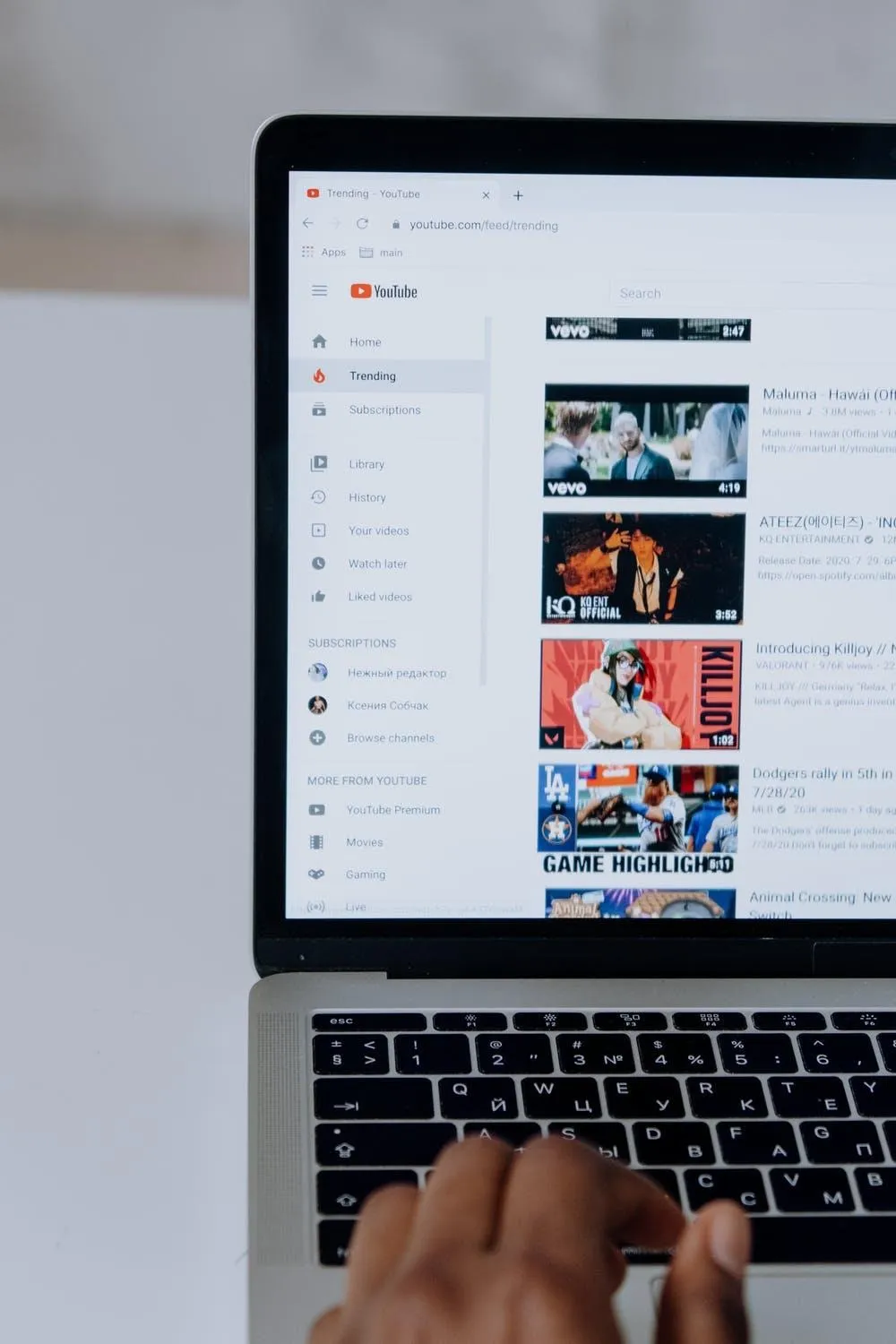Summary
YouTube, one of the most popular websites in the world today, is an extremely powerful marketing tool. Also the second biggest search engine, leveraging YouTube will improve your overall brand presence and SEO incredibly. It offers brands an opportunity to share unique content and presents a huge potential in reaching out to more people.
According to Statista, there are 400 hours of video being uploaded on YouTube since July 2015. Hence, if you want YouTube marketing to work for your brand effectively, it is important to have the resources and time to create and publish quality content consistently.
YouTube is also becoming more attractive for marketing with the increasing popularity of video marketing. It has been proven that video is one of the highest performing type of content when it comes to engagement level. The best part is that these videos can be repurposed for other platforms like your social profiles, landing pages, website, and email marketing campaigns.
What are the Different Types of YouTube Ads?
1. Skippable in-stream video ads
These are the ads that play during or before a video. Their key feature is that users can decide whether to skip them after 5 seconds. Your entire ad needs to be minimally 12 seconds long and as an advertiser, you will only start paying when videos choose to watch beyond the first 5 seconds. You will pay when a user watches the first 30 seconds, or the entire video, or if they click on your ad: whatever comes first.
2. Non-skippable in-stream video ads
As many users claim that they have a tendency to automatically skip ads, some advertisers decide to run mid-roll or pre-roll ads that do not have a skip button entirely. You should do this when you are looking for a wide lift in terms of brand awareness, and if you are confident that your content is powerful enough to keep the attention of your audience for the entire 15 seconds. Do note that these non-skippable video ads are following a pay-per-impression model, at CPM.
Bumper ads are known to be a snappy subspecies of the non-skippable in-stream ads that last for 6 seconds. They are similar in the sense that you are paying for impressions, they show up as post-, mid-, or pre-roll and are best for awareness and reach campaigns.
3. Discovery ads
If in-stream ads work more like a traditional TV commercial, the discovery ads will be more similar to the ads on Google’s search results pages. They appear alongside organic search results. Hence, if your video looks more attractive and relevant, people may decide to watch it instead. Discovery ads consists of three lines of text together with a thumbnail. Once interested users click on the ad, they will be directed to either your YouTube channel or video page.
Discovery ads are considered to be similar to a TrueView ad as users have to actively choose to watch them.
4. Non-video ads
If you are a small business owner with limited budget for video marketing, YouTube also has non-video ads that you can opt for, although they may not always appear together with related content.
- Display ads: shown on the sidebar on the right hand side and include a text and image together with a CTA that links to your website
- In-video overlay ads: floats above video content from YouTube channels that are monetized.
If you are looking to stretch your marketing budget to include YouTube advertising, do check out the Aspire Corporate Card. It offers 1% cashbacks on all digital marketing spend, including Facebook and Google Ads. Not only that, the cashbacks also apply for Software-as-a-Service spend. Check out the list of merchants here.
How to Advertise on YouTube?

1. Create your campaign
First, select New Campaign and determine your goals and marketing objectives:
- Sales
- Website traffic
- Leads
- Reach and brand awareness
- Brand and product consideration
Next, select the type of campaign. There will be options including all kind of Google Ads, so ensure that you select Video. Name your campaign wisely so you can easily manage, locate, and optimize it moving forward.
2. Define campaign parameters
- Choose your bid strategy – are you looking for clicks, conversions, or impressions?
- Select your budget – it could be a specific budget per day or the total amount you are willing to spend on the entire campaign.
- Decide where your ads should appear – YouTube search results, channel pages, non-YouTube affiliate websites etc
- Determine the location and language of your audience. You can either showcase the ads worldwide or target by country.
- Decide how ‘sensitive’ the safety guidelines of your brand are.
3. Target audience
Create buyer personas and understand more about your target audience. The better you know them, the more effective you can target them, and the higher your ROI will be.
- Demographics – The basic segregation are gender, age, household income. However, YouTube offers life-stage data that are more detailed – for instance, you could target college students, new homeowners, or new parents.
- Interests – Make use of keywords and topics to target users based on their past behaviour. This is essentially how YouTube helps you to find users at important moments – such as then they are learning how to create a website or researching for their next household purpose.
- Remarketing – Targeting audiences who have previously interacted with your brand, whether it is through your videos, app or website.
Tips for YouTube Advertising

Ads that tug at the heart strings and stimulate emotions are usually unforgettable and highly impactful. With a video, you will have the chance to tell a story and use both auditory and visual components to reinforce the message.
Your YouTube ads will also need to have a goal for you to track and measure the success. It is important to include calls-to-actions that link to a URL – it could be a product page, career page, information page, or landing page. You could also direct users to a favourable interview or report featuring your brand.










%201.webp)


.webp)